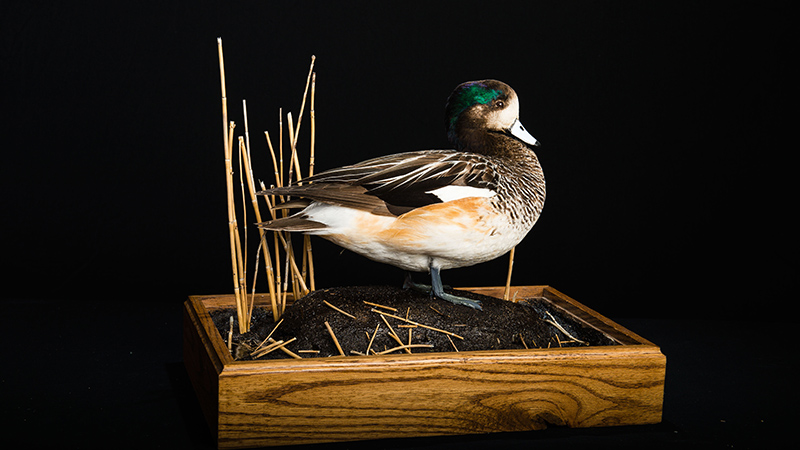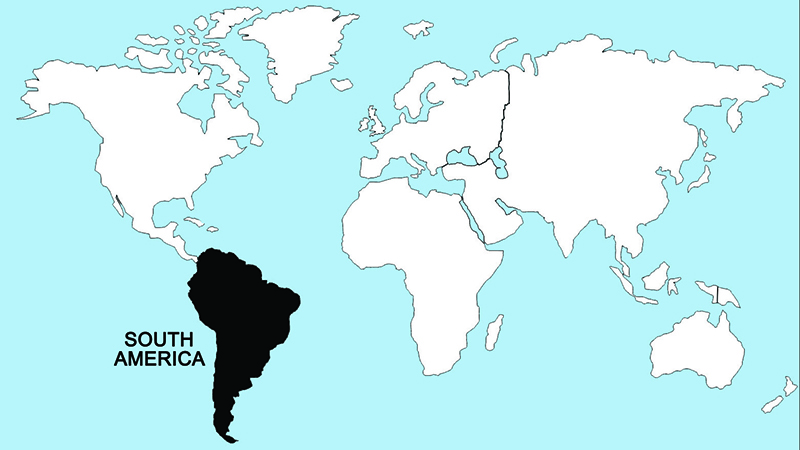Chiloe Wigeon

Chiloe wigeons are common birds in southern South America, and their vernacular name refers to the Chiloe Island of southern Chile. They are strongly gregarious and highly sociable, at least during the nonbreeding season. Flocks often number in the dozens of birds and may reach as many hundreds on migration and in wintering areas. Nevertheless, even in such flocks pair bonds probably persist.
Nesting in central Argentina occurs from September to November, and in Chile it begins in August in the central provinces and a month or two later farther south. On the Falkland Islands nesting occurs between September and late December, and in Tierra del Fuego females have been found incubating eggs as late as January. The nest is located on dry ground, often in tall grass or among thistles, and frequently may be a considerable distance from water. The usual clutch ranges from 5–8 eggs, which are incubated only by the female. The normal incubation period is 26 days. With the hatching of the young, the male returns to help guard and rear the brood.
Regions Birds Are Found

Collection Location & Year
Argentina 2000
Taxonomy
| Order | Anseriformes |
|---|---|
| Family | Anatidae |
| Tribe | Anatini |
| Species | Anas |
| Genus | sibilatrix |
Gender
Male
References
- Johnsgard, P. A. 1975a. North American Game Birds of Upland and Shoreline. Lincoln, NE: Univ. of Nebraska Press.
- Johnsgard, P. A. 1978. Ducks, Geese and Swans of the World. Lincoln, NE: Univ. of Nebraska Press.
- Elliot, A., J. del Hoyo, J. Sargatal, and C. Imboden, eds. 1992. Handbook of Birds of the World. Vol. 1 (Ostriches to Ducks). Barcelona, Spain: Lynx Editions.
- Kear, J. 2005. Ducks, Geese and Swans. London, UK: Oxford University Press.